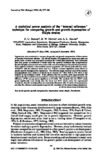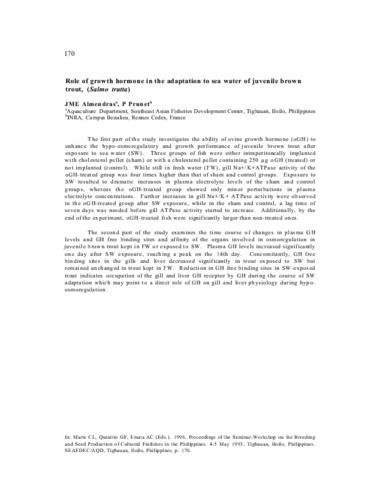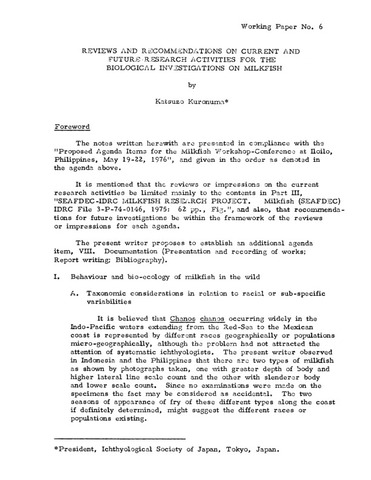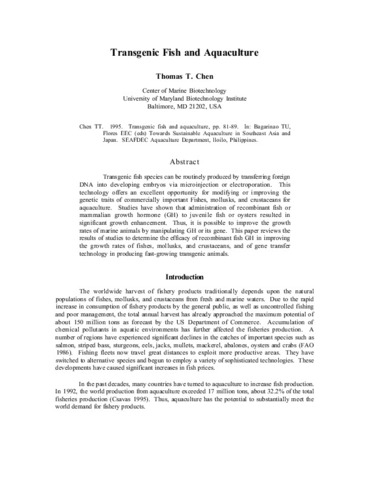A statistical power analysis of the 'internal reference' technique for comparing growth and growth depensation of tilapia strains
Share
Abstract
Experiments were conducted to compare the growth and growth compensation of three strains of juvenile Oreochromis niloticus. Ten full sib families (10 replicates) per strain were split and grown under crowded and uncrowded conditions for 3 weeks (the treatment). Both treatments were then grown an additional 12 weeks under less crowded conditions (the compensation). Standard length measurements were made at the end of crowding and the end of compensation. Each replicate included a size-matched control population of a fourth (red) reference strain. ANCOVA with the reference strain used as a cofactor revealed significant strain effects on specific growth throughout the experiment. The reference strain removed most of the random among-replicate error variance as shown by an increase of r 2 from 0.06 to 0.91 when it was included in the statistical models. If the reference fish had not been used, approximately 450 replicate families would have been needed to achieve the sensitivity of the present experiment (a difference of 7% among strains significant at P=0.05). We conclude that the CLSU strain grows significantly more slowly than the Israel and NIFI strains under the experimental conditions, that the crowding effect was essentially eliminated after 12 weeks of compensation, and that the reference strain greatly improved the resolution of the strain-testing experiment.
Suggested Citation
Basiao, Z. U., Doyle, R. W., & Arago, A. L. (1996). A statistical power analysis of the 'internal reference' technique for comparing growth and growth depensation of tilapia strains. Journal of Fish Biology , 49(2), 277-286. https://doi.org/10.1111/j.1095-8649.1996.tb00023.x
Collections
- AQD Journal Articles [1249]
Related items
Showing items related by title, author, creator and subject.
-
Role of growth hormone in the adaptation to sea water of juveline brown trout, (Salmo trutta)
Almendras, J. M. E.; Punet, P. (Aquaculture Department, Southeast Asian Fisheries Development Center, 1996)The first part of the study investigates the ability of ovine growth hormone (oGH) to enhance the hypo-osmoregulatory and growth performance of juvenile brown trout after exposure to sea water (SW). Three groups of fish ... -
Reviews and recommendations on current and future research activities for the biological investigations on milkfish
Kuronuma, Katsuzo (Aquaculture Department, Southeast Asian Fisheries Development Center, 1976)Presented in this paper are the recommendations on current and future research activities for the biological investigations on milkfish (Chanos chanos). Included were the bahavior and bio-ecology of milkfish in the wild. ... -
Transgenic fish and aquaculture
Chen, Thomas T. (Aquaculture Department, Southeast Asian Fisheries Development Center, 1995)Transgenic fish species can be routinely produced by transferring foreign DNA into developing embryos via microinjection or electroporation. This technology offers an excellent opportunity for modifying or improving the ...




